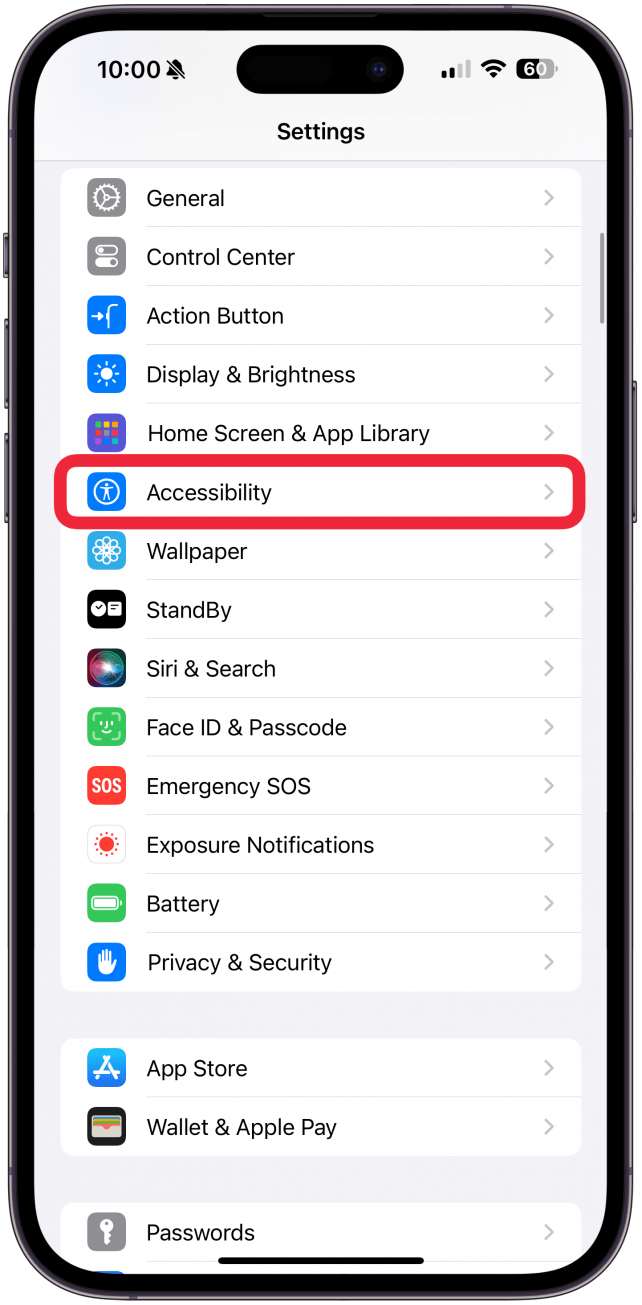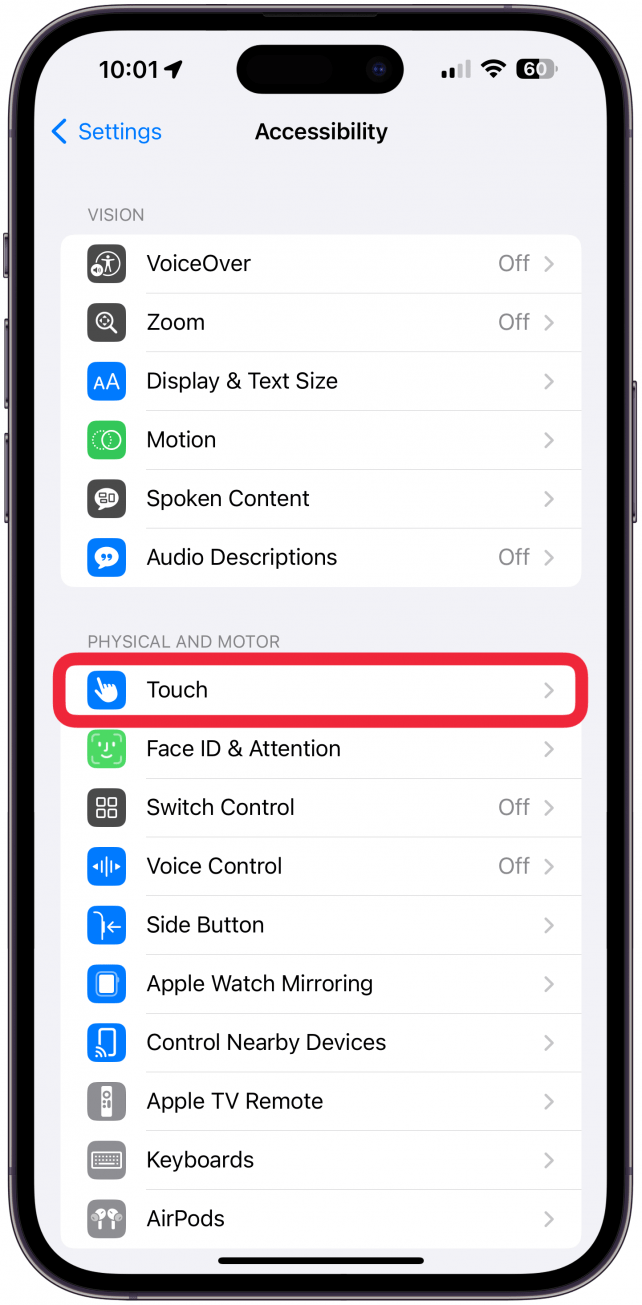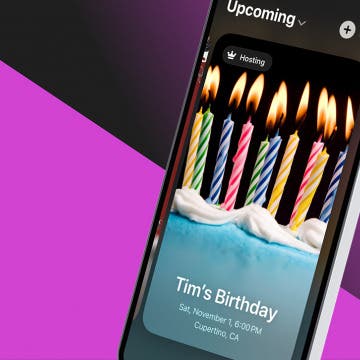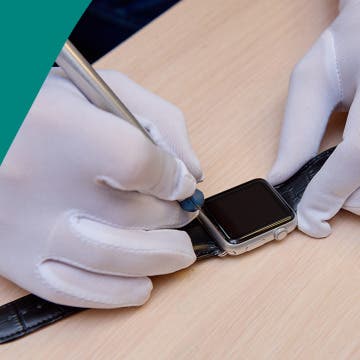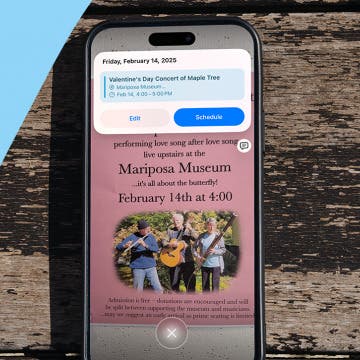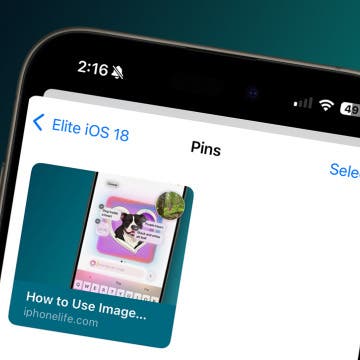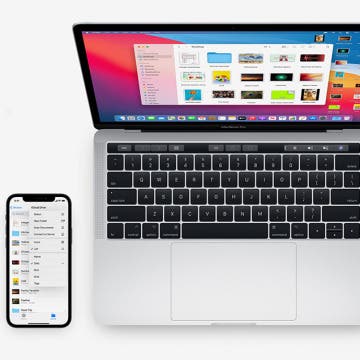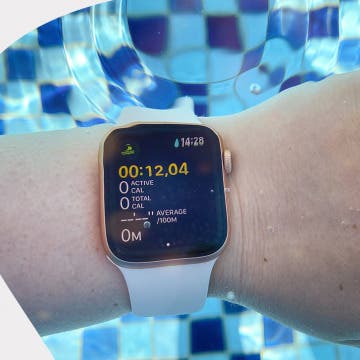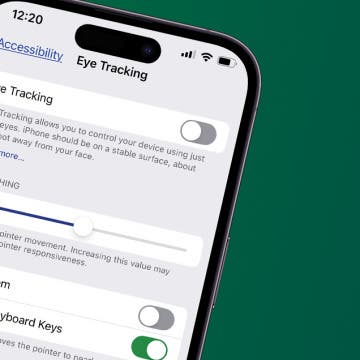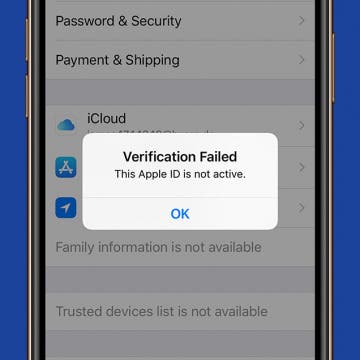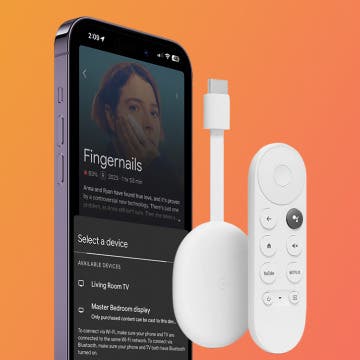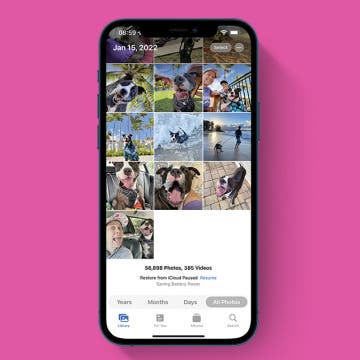What to Know
- If iPhone Auto Lock is not working or is grayed out, try re-enabling Auto Lock and Passcode.
- Next, make sure Low Power mode and AssistiveTouch are off.
- If that doesn't work, restart your iPhone, install software updates, and reset your device settings.
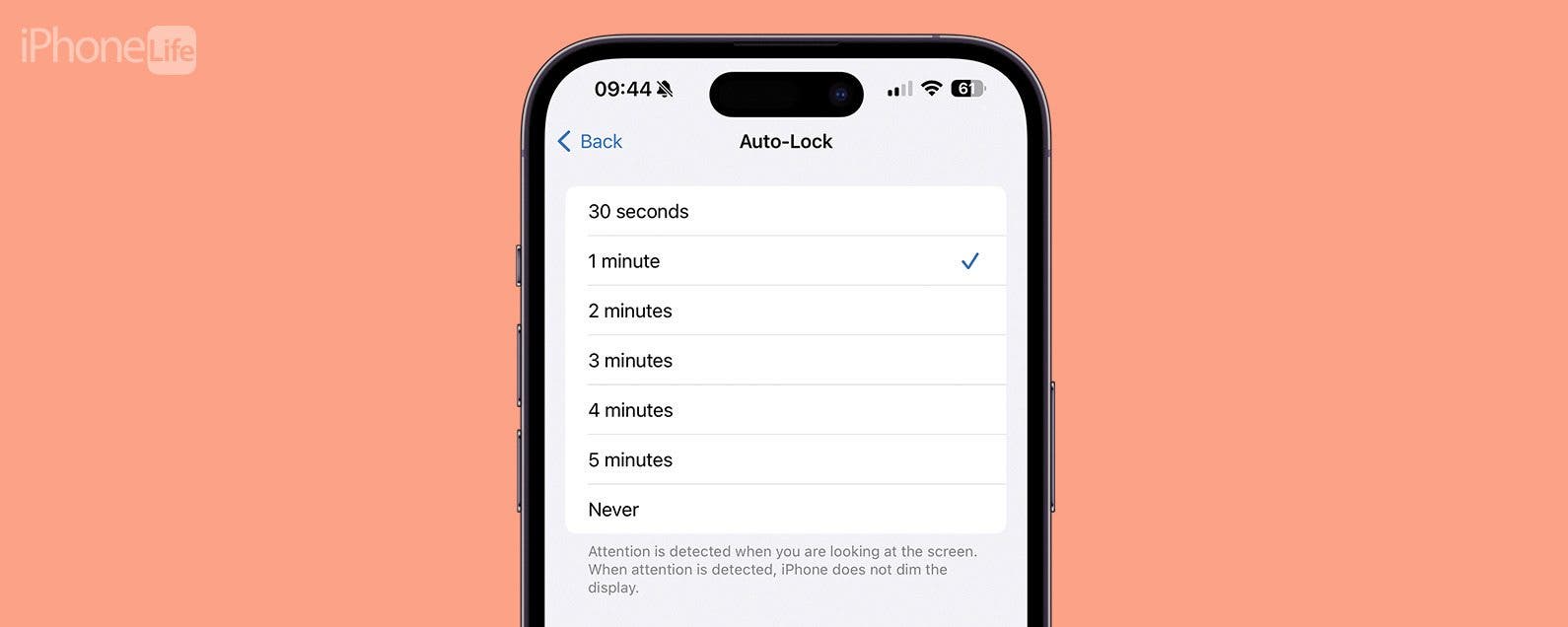
Auto Lock is a useful feature that keeps your data safe and saves battery life. However, certain iPhone features or settings can glitch and interfere with Auto Lock, leaving your phone unlocked with the screen on. If this is happening, I'll cover how to fix Auto Lock not working on your iPhone.
Jump To:
How to Fix iPhone Auto Lock Not Working
To learn more about iPhone features and troubleshooting, sign up for our free Tip of the Day Newsletter. If your iPhone isn't automatically locking when it is supposed to or the Auto Lock feature is grayed out in your settings, you can troubleshoot using the steps below.
1. Disable Auto Lock, then enable it again.
First, disable Auto Lock on your iPhone and then re-enable it again to help fix any strange glitches. It will also confirm that you didn't accidentally disable Auto Lock in the first place.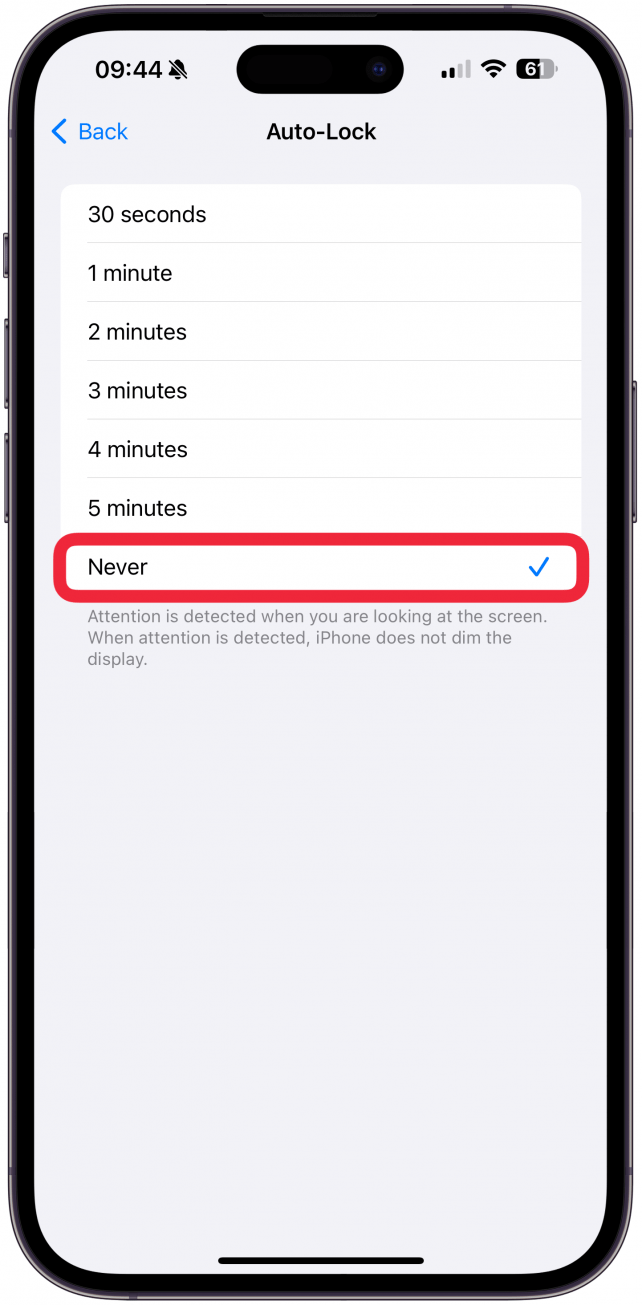

2. Make sure Low Power mode is off.
Turning on the iPhone Low Power mode can mess with your Auto Lock settings. If your iPhone battery drops under 20%, your iPhone will offer to turn Low Power mode on, and you might enable it without realizing it. Once enabled, it changes your Auto Lock to 30 seconds to preserve battery life, but some users have reported that it prevents Auto Lock from working, so make sure it is off.
3. Toggle off AssistiveTouch.
AssistiveTouch is a useful feature that lets you use your iPhone hands-free. However, it can interfere with features such as Auto Lock. To turn Assistive Touch off:
- Open the Settings app and tap Accessibility.
![Tap Accessibility.]()
- Select Touch.
![Select Touch.]()
- At the top of the screen, make sure AssistantTouch says Off. If it is enabled, tap it and turn AssistiveTouch off.
![3. Toggle off AssistiveTouch.]()
4. Restart your iPhone.
Turning your device off and then back on to restart your iPhone can fix random glitches, such as one that might be causing your AutoLock not to work. 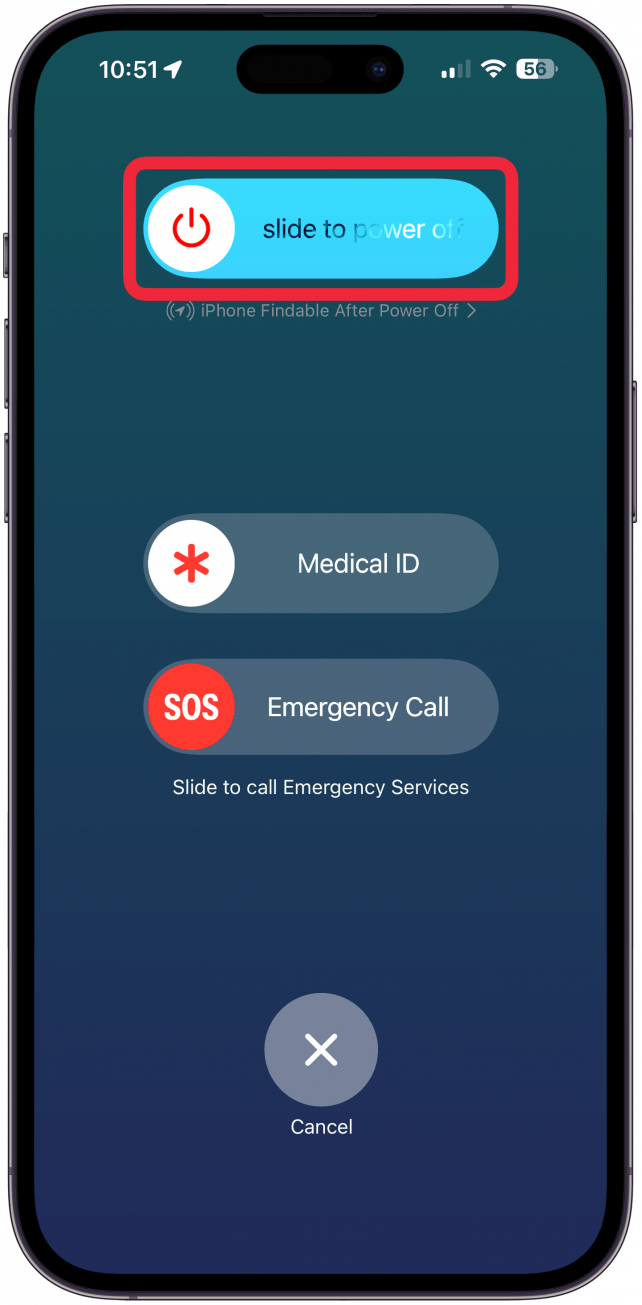
5. Turn your passcode off, then re-enable it.
While we do not recommend that you turn off your iPhone's passcode for good, some users reported this fixing their Auto Lock problems. To test this, turn your iPhone passcode off and back on again.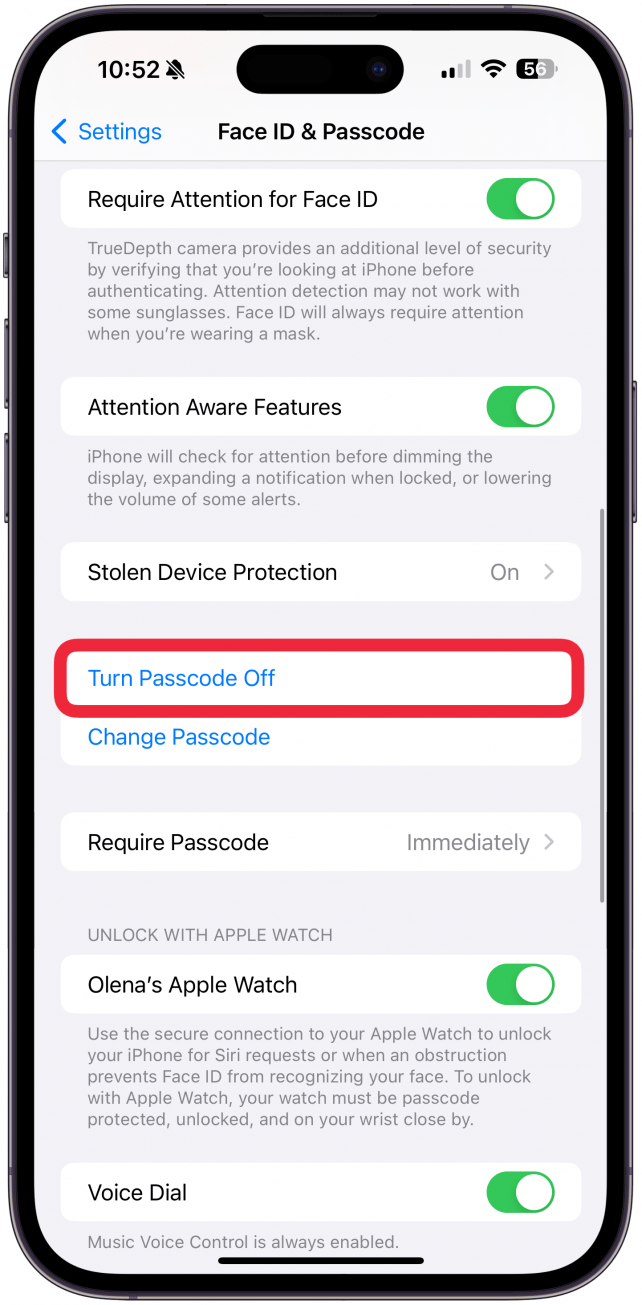
6. Update your iPhone if it isn't already running the latest iOS.
iPhone updates don't just introduce new features; they can also fix known bugs and problems. Your device will work best if it is running the latest software, so make sure to update your iPhone software regularly.
7. Force restart your iPhone.
If a regular restart didn't work, try to force restart your iPhone next. While this is a great way to fix glitches, it can cause problems if you do a force restart during an iPhone update.
8. Reset All Settings.
Next, try to reset your iPhone settings to restore your device back to its default settings out of the box. If you've customized your iPhone settings, try all the other steps again before performing this reset.
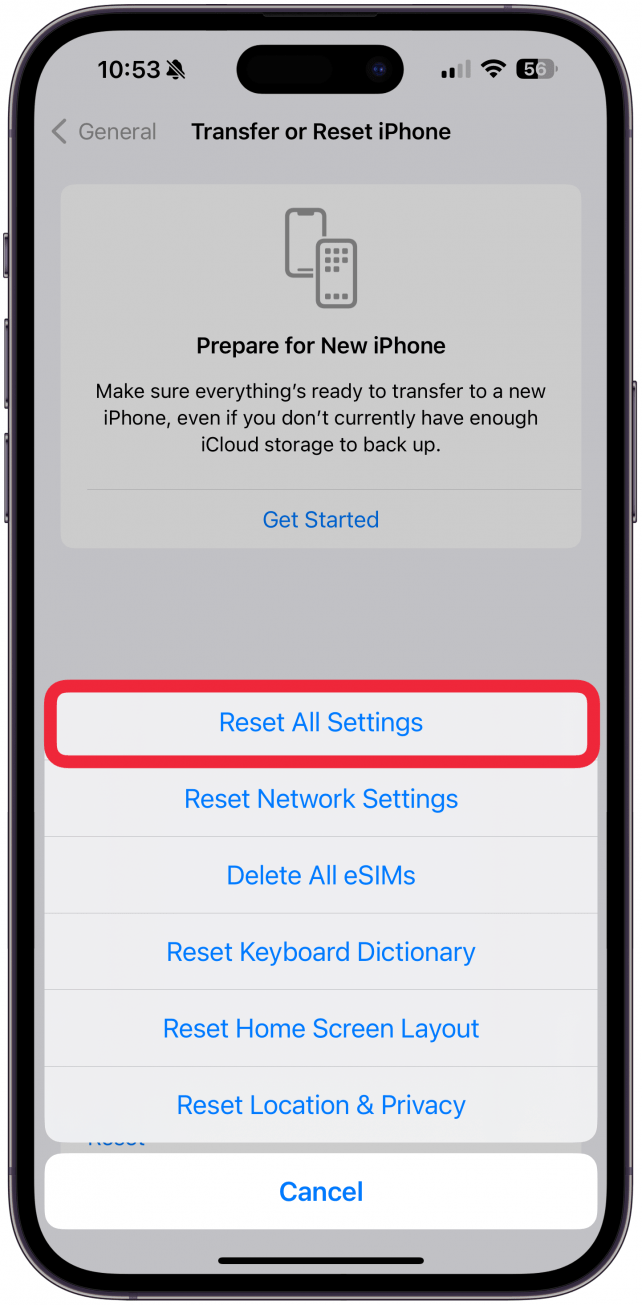
9. Erase your iPhone and restore it.
If nothing else has helped, factory reset your iPhone. To do this, you'll need to create a backup of your data and then erase the content of your device. Finally, you'll restore the content to your iPhone from the backup.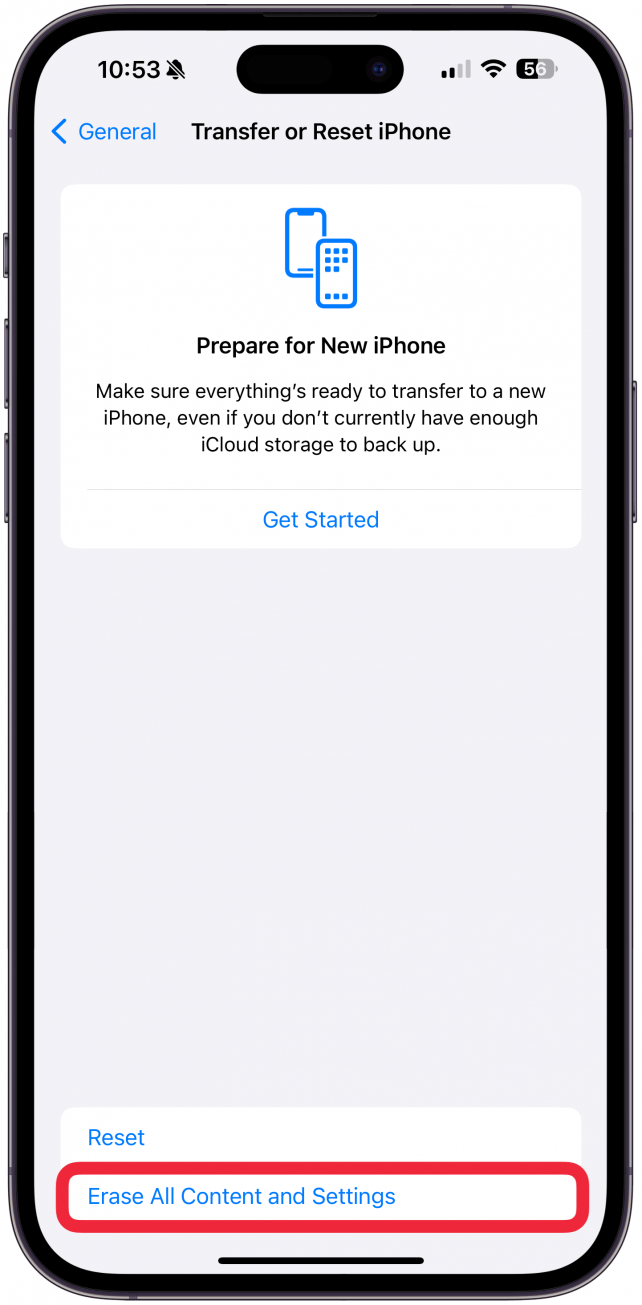
Now you know how to fix your iPhone's Auto Lock not working! Unfortunately, if the solutions above haven't resolved your issue, it's time to contact Apple Support.
FAQ
- How do I stop my iPhone from locking after inactivity? You can disable your Auto Lock altogether (which we don't recommend for security reasons) or change it to five minutes, which will keep it on longer but lock it eventually.
- How can I lock Portrait Orientation on an iPhone? When you Lock Portrait Orientation on an iPhone, you prevent the screen from rotating between landscape and portrait modes. You can quickly enable this by opening the Control Center and tapping the Orientation Lock icon while your iPhone is in portrait orientation.
